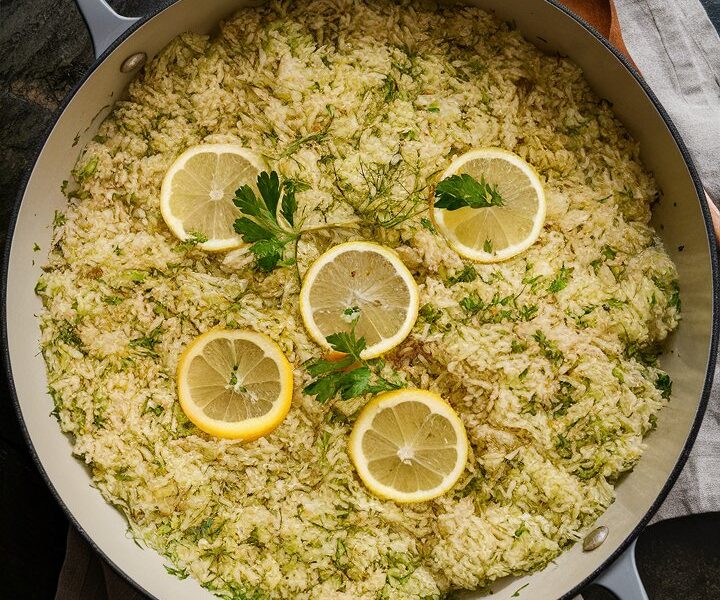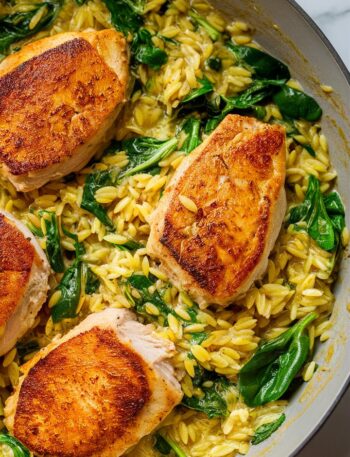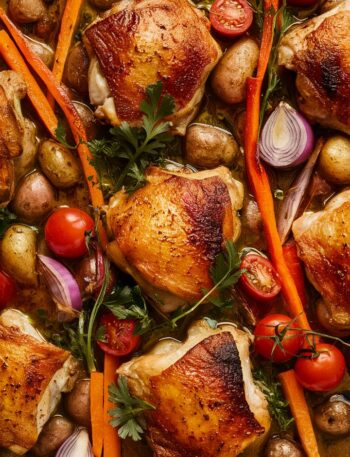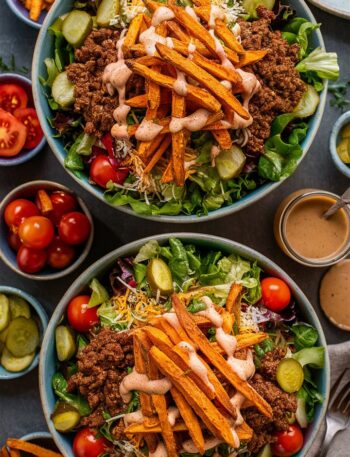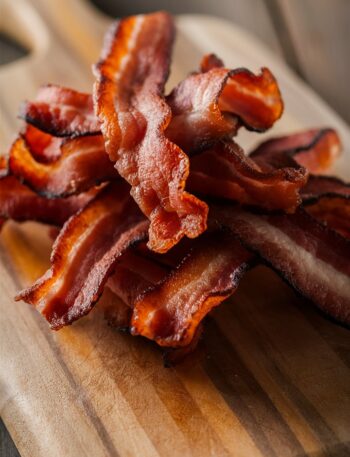Rice is one of the most versatile and widely consumed staples worldwide, and mastering it can elevate everyday meals to something extraordinary. Among the many types of rice, long grain white rice stands out for its light, fluffy texture and subtly sweet flavor. Unlike short or medium grain varieties, long grain rice tends to remain separate and non-sticky when cooked properly, making it the perfect base for stir-fries, curries, salads, or side dishes.
Whether you’re a beginner or an experienced home cook, knowing how to consistently cook perfect long grain white rice can save time, enhance your meals, and boost your confidence in the kitchen. In this ultimate guide, you’ll learn everything from selecting the best rice, preparing it, mastering cooking techniques, and exploring creative serving ideas.
Why Long Grain White Rice is a Kitchen Essential
Understanding Long Grain Rice
Long grain rice is characterized by grains that are slender and longer than they are wide. This shape allows the grains to remain separate when cooked, giving a light, fluffy texture ideal for dishes where individual grains are desired. Popular varieties include Jasmine, which offers a floral aroma, and Basmati, known for its nutty flavor.
Differences Between Long, Medium, and Short Grain
- Long Grain: Slender, non-sticky, perfect for stir-fries, pilafs, and side dishes.
- Medium Grain: Slightly shorter and plumper, retains a slightly sticky texture; used in risottos and paellas.
- Short Grain: Almost round, very sticky; ideal for sushi or rice pudding.
Nutritional Benefits
Long grain white rice is naturally gluten-free, easy to digest, and low in fat. It provides a reliable source of carbohydrates and can be enriched or fortified depending on the brand. When paired with proteins, vegetables, or legumes, it becomes part of a balanced, nutritious meal.
Ingredients You’ll Need
Rice Selection
- Jasmine Rice: Light, aromatic, fluffy grains—highly recommended.
- Basmati Rice: Long, nutty, and fragrant—ideal for pilafs and Indian dishes.
- Standard Long Grain White Rice: Budget-friendly, versatile, perfect for everyday cooking.
Water Quality
Filtered or spring water is best for pure, clean flavor. Tap water is acceptable, but the taste may vary depending on mineral content.
Salt and Flavor Enhancers
- Sea Salt: Enhances the natural flavor without overpowering the rice.
- Butter, Ghee, or Coconut Oil: Optional fats can improve texture and richness, especially if rice is served as a standalone dish.
Optional Aromatics
- Bay leaf, garlic, or herbs can add subtle flavor, especially for pilafs or rice served with curry.
Preparing Your Rice: Step-by-Step
Step 1: Measuring and Rinsing Rice
- Measure the desired amount of rice (typically 1 cup serves 2–3 people).
- Rinsing is optional but recommended: rinse under cold water 2–3 times until water runs clear. This removes excess surface starch, preventing clumping.
Step 2: Combining Ingredients
- In a medium saucepan, combine:
- 1 cup long grain white rice
- 2 cups water (ratio 1:2)
- 1/2 teaspoon sea salt
- 1 tablespoon butter or oil (optional)
Step 3: Bringing to a Boil
- Place the saucepan over medium heat and bring the mixture to a gentle boil.
- Stir once to prevent sticking, but avoid excessive stirring.
Step 4: Simmering with a Lid
- Reduce heat to low immediately after boiling.
- Cover with a tight-fitting lid. Steam is essential for fluffy rice.
- Let simmer for 18 minutes without lifting the lid.
Step 5: Resting and Fluffing
- Remove from heat but keep the lid on.
- Allow the rice to rest for 5–10 minutes. This lets residual steam finish cooking and ensures even texture.
- Uncover and gently fluff with a fork to separate grains.
Step 6: Serving
- Transfer to a serving dish.
- Serve as a base for stir-fries, curries, roasted vegetables, or grilled proteins.
Pro Tips for Perfect Rice Every Time
- Use a heavy-bottomed saucepan to prevent scorching.
- Avoid lifting the lid during cooking; steam is crucial.
- Adjust salt according to taste and dish type.
- Experiment with butter, ghee, or coconut oil for richer flavor.
- When cooking in bulk, keep the same rice-to-water ratio, but note that cooking time may increase slightly.
Variations and Flavor Enhancements
Broth Instead of Water
Swap water for chicken, vegetable, or beef broth for richer flavor.
Aromatics
- Add bay leaves, garlic cloves, or sliced onions to the cooking water.
- Fresh herbs like thyme, parsley, or cilantro can be added after cooking.
Flavor Oils and Fats
- Use coconut oil for a subtle tropical aroma.
- Ghee provides a nutty richness.
Mixed Rice Dishes
- Combine with quinoa, lentils, or wild rice for texture and nutrition.
- Add vegetables like peas, corn, or diced carrots during cooking for a one-pot meal.
Creative Ways to Serve Long Grain White Rice
With Proteins
- Stir-fried chicken or shrimp
- Grilled salmon or tofu
- Curry-based dishes for extra flavor
As Part of Bowls
- Burrito bowls, poke bowls, or grain bowls
- Rice salads with roasted vegetables and dressings
One-Pot Meals
- Combine rice, vegetables, and protein in a single skillet for convenience
- Make casseroles or baked rice dishes
Cultural Inspirations
- Asian: Fried rice, jasmine rice with stir-fry
- Middle Eastern: Pilafs with nuts and dried fruits
- Latin: Rice and beans or arroz con pollo
Common Mistakes and How to Fix Them
- Mushy Rice: Usually caused by too much water or overcooking. Correct ratio is 1:2 (rice:water).
- Undercooked Rice: May occur if lid is removed too early or heat is too low.
- Burned Bottom: Use a heavy-bottomed pot and low simmer.
- Sticky Clumps: Rinse rice to remove surface starch; fluff after resting.
Storage, Reheating, and Meal Prep
- Refrigeration: Store cooled rice in an airtight container for up to 4 days.
- Freezing: Freeze portions for up to 2 months. Reheat in microwave or on stovetop with a splash of water.
- Meal Prep Ideas: Use cooked rice as a base for multiple meals—stir-fries, bowls, soups.
FAQs About Long Grain White Rice
Can I double the recipe?
Yes, double all ingredients while maintaining the 1:2 ratio. Cooking time may slightly increase.
Can I use brown rice?
Brown rice requires more water and longer cooking time. This method is specific to white rice.
Do I need a tight-fitting lid?
Yes, steam is crucial. If unavailable, use foil or a plate that seals well.
Is rinsing necessary?
Optional but recommended for fluffier rice and less stickiness.
The Science Behind Perfect Rice
- Starch Structure: Long grain rice has less amylopectin, which keeps grains separate.
- Water Absorption: Proper ratio ensures grains cook evenly.
- Steam and Resting: Allow residual heat and steam to finish cooking, making rice tender but not mushy.
Health Benefits and Nutritional Insights
- Gluten-free, low-fat, easily digestible
- Source of energy through complex carbohydrates
- Works well in balanced meals with proteins and vegetables
- Easily fortified or enriched for added nutrients
Tips for Cooking Rice Like a Professional Chef
- Choose rice type based on the dish
- Control heat and avoid over-boiling
- Layer flavors by cooking with aromatics or fats
- Fluff gently and serve immediately for best texture
- Presentation matters: serve in bowls, platters, or molded shapes
Final Thoughts: Mastering the Art of Long Grain White Rice
Perfecting long grain white rice is a fundamental skill that transforms everyday meals into culinary delights. By following proper measurements, cooking techniques, and creative variations, anyone can achieve light, fluffy, and flavorful rice every time. Whether for simple dinners or elaborate dishes, this staple ingredient opens endless possibilities.
With practice, you’ll gain confidence and may even start experimenting with new flavors, cooking methods, and international recipes. Once mastered, perfect rice is more than just a side—it’s the foundation for countless delicious meals.

